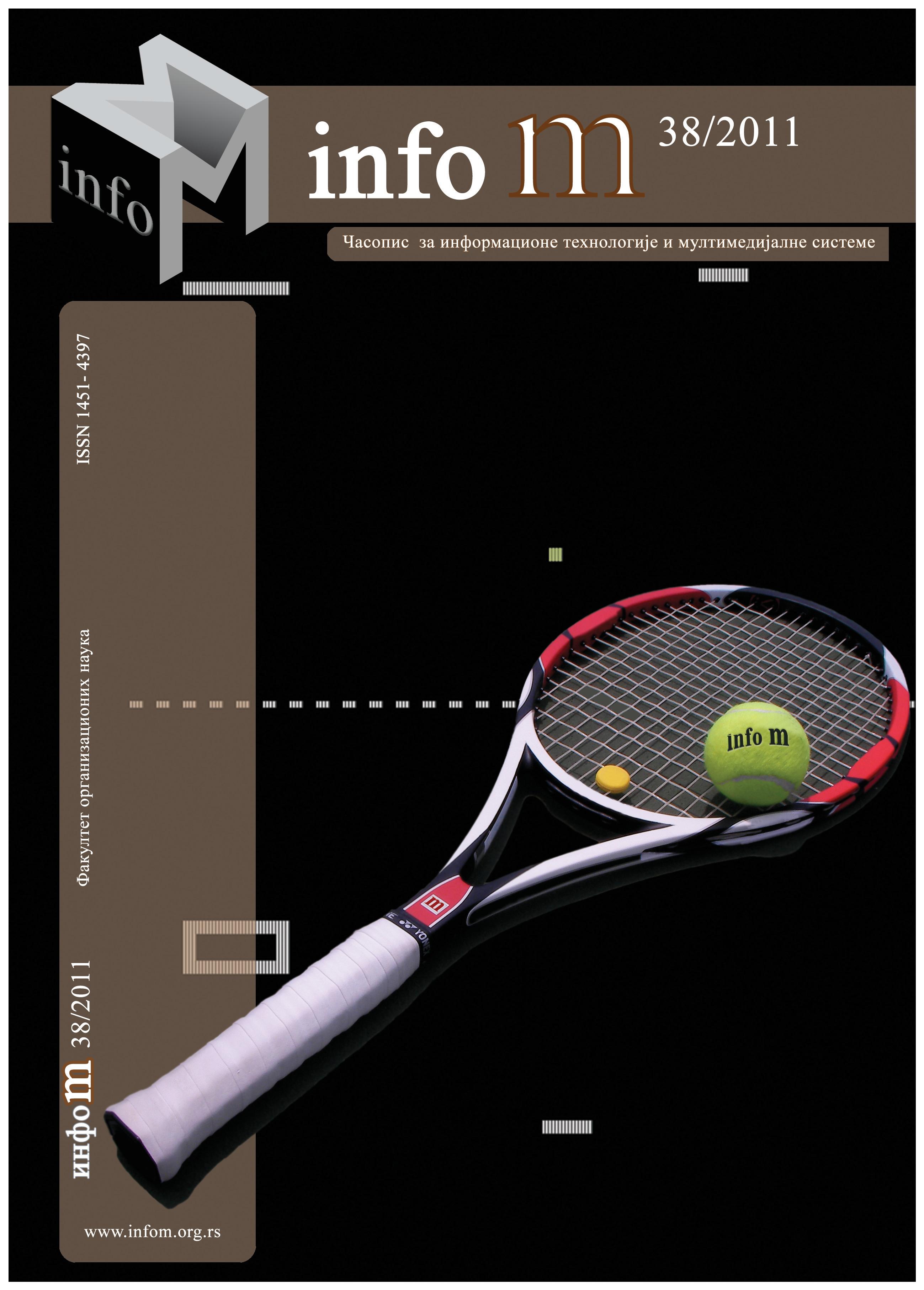ANALYSIS OF LPIS ESTABLISHMENT , USING REMOTE SENSING AND OBJECT ORIENTED CLASSIFICATION OF SATELLITE IMAGES
Keywords:
Geoinformation sistems, LPIS - Land Parcel Identification System, control with remote sensing, object-oriented classification, Erdas


